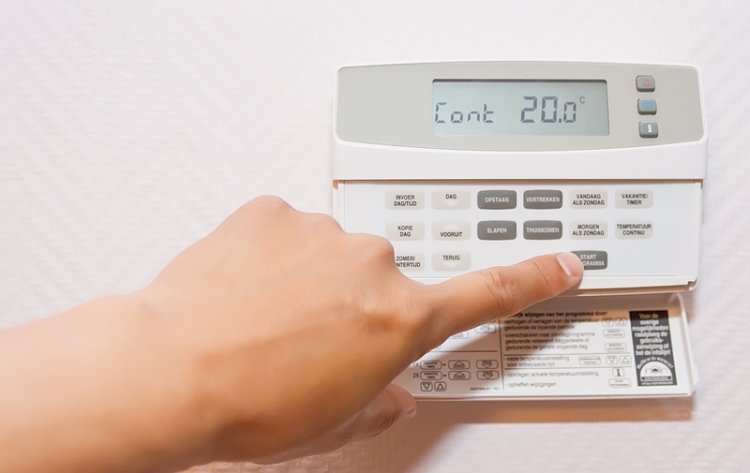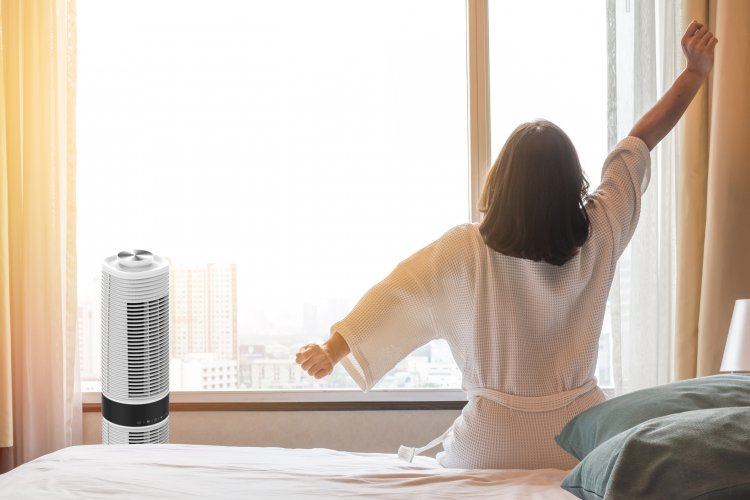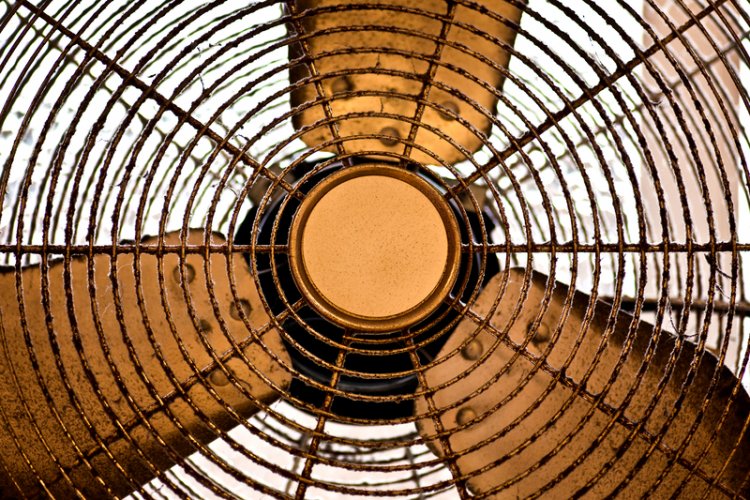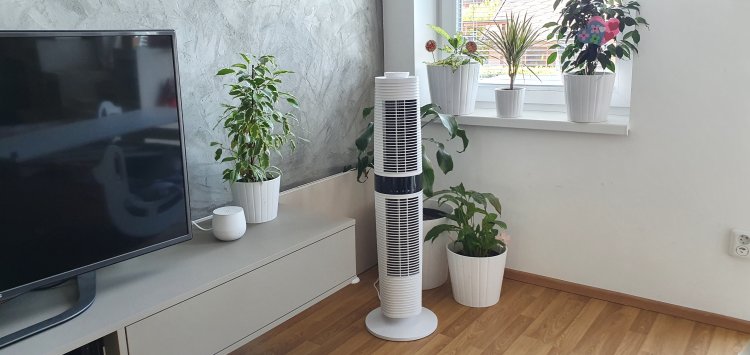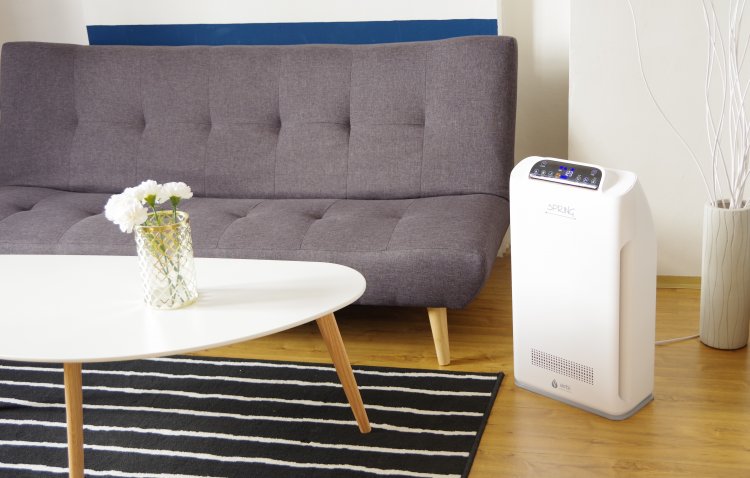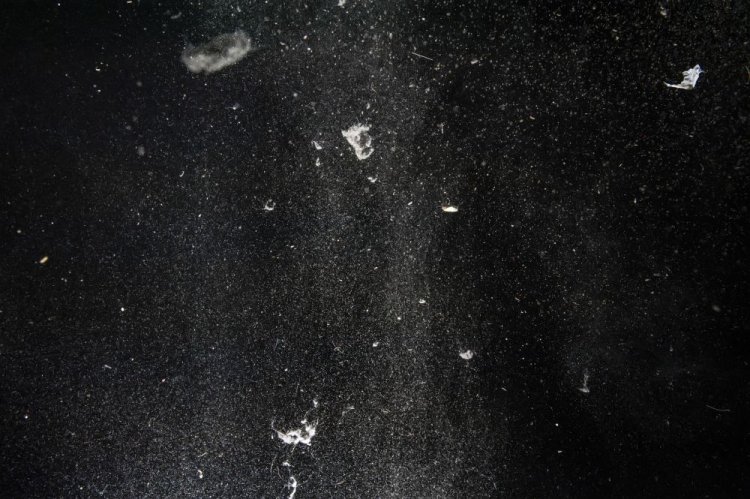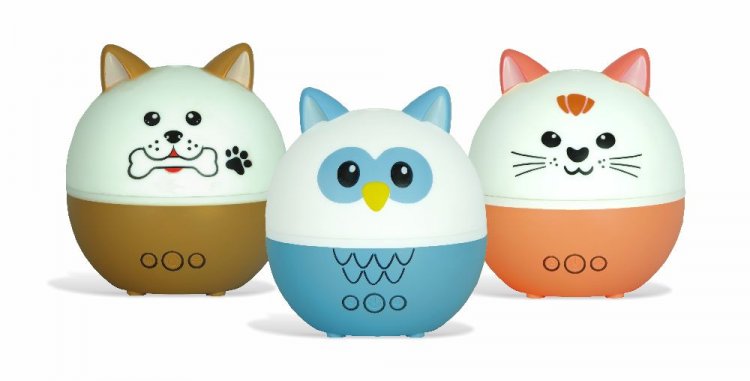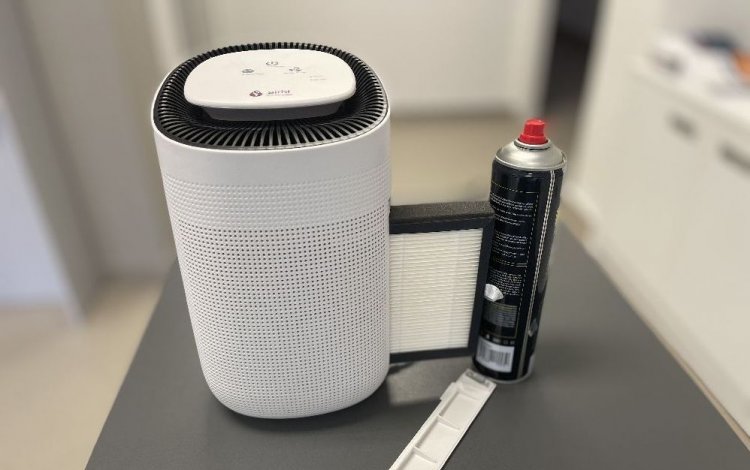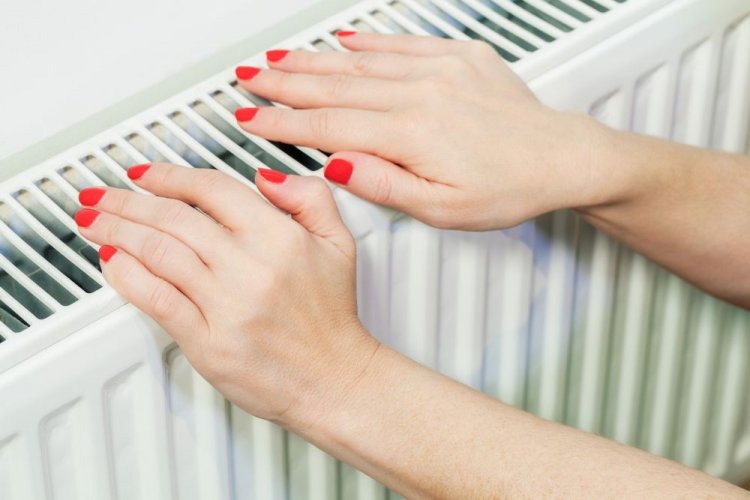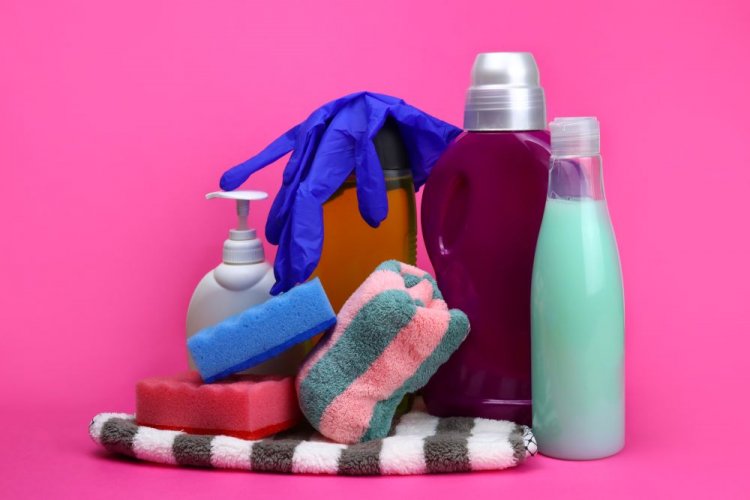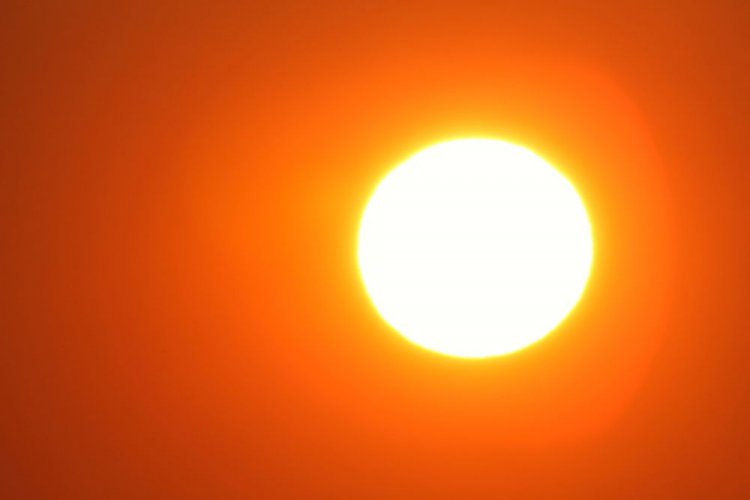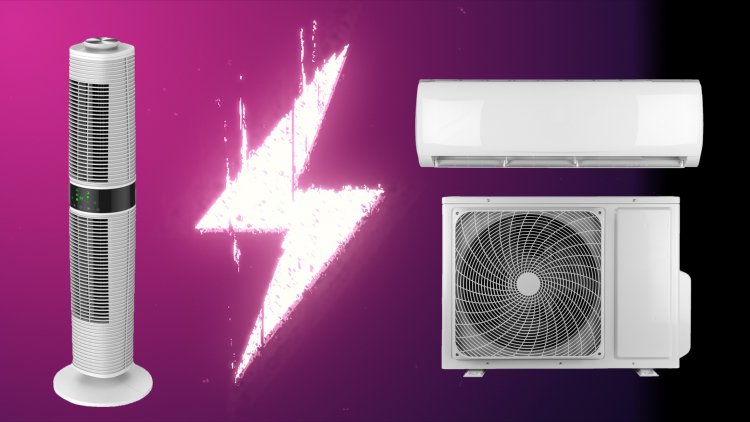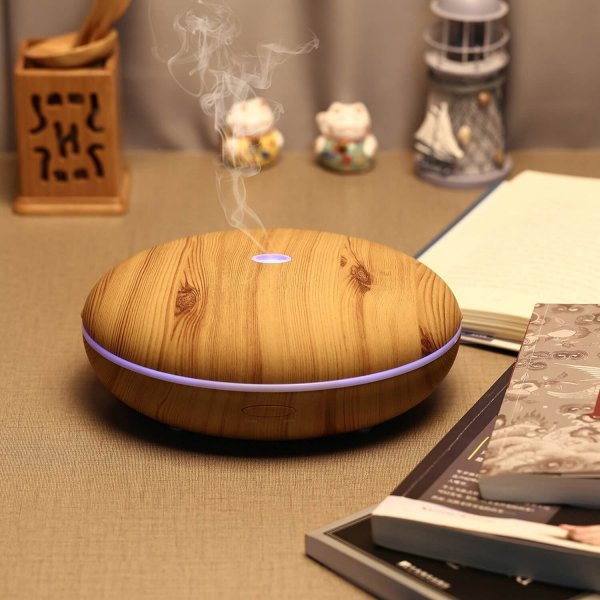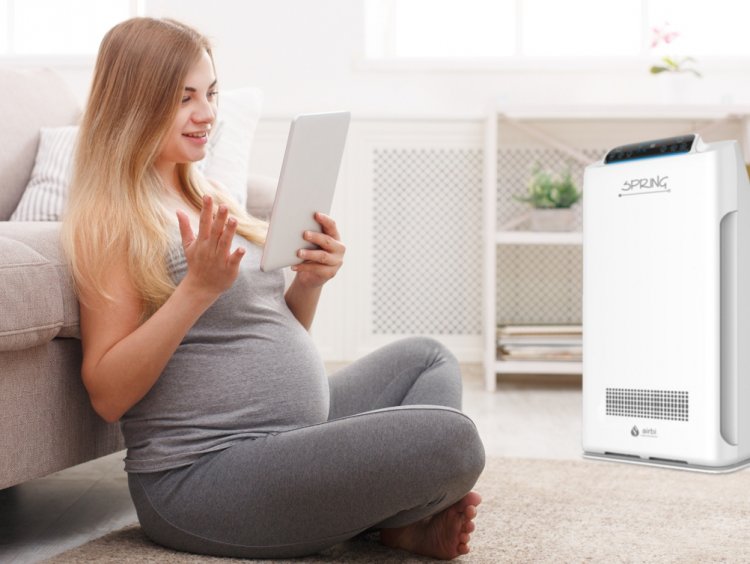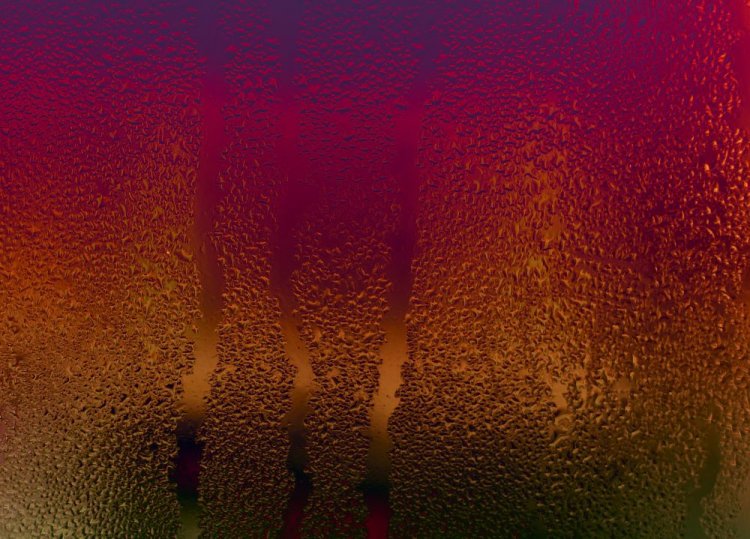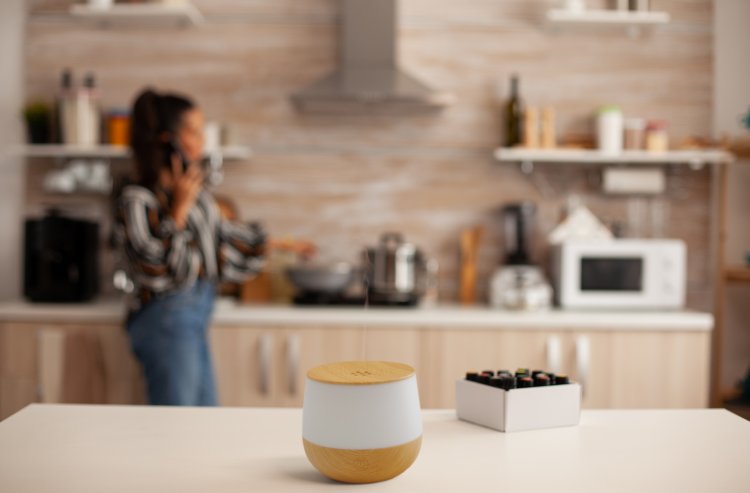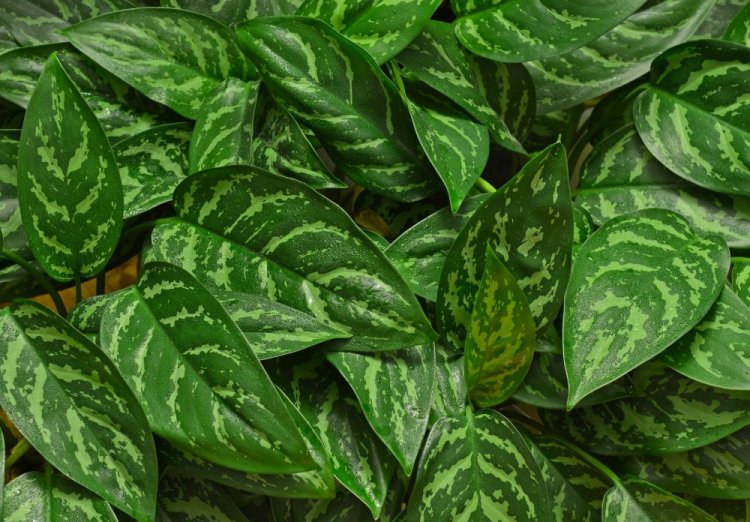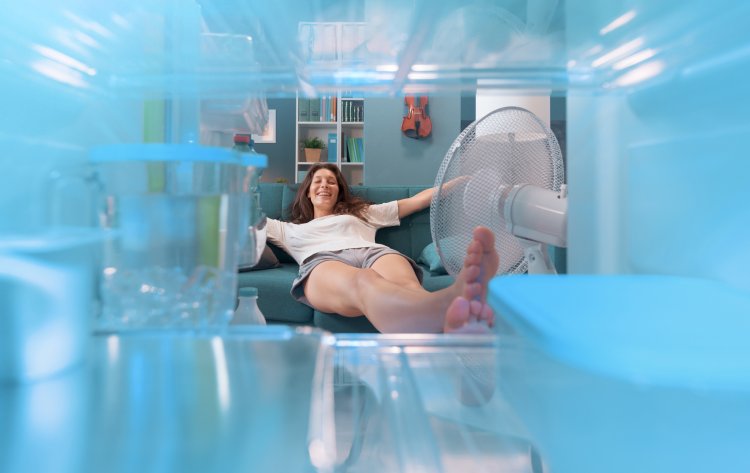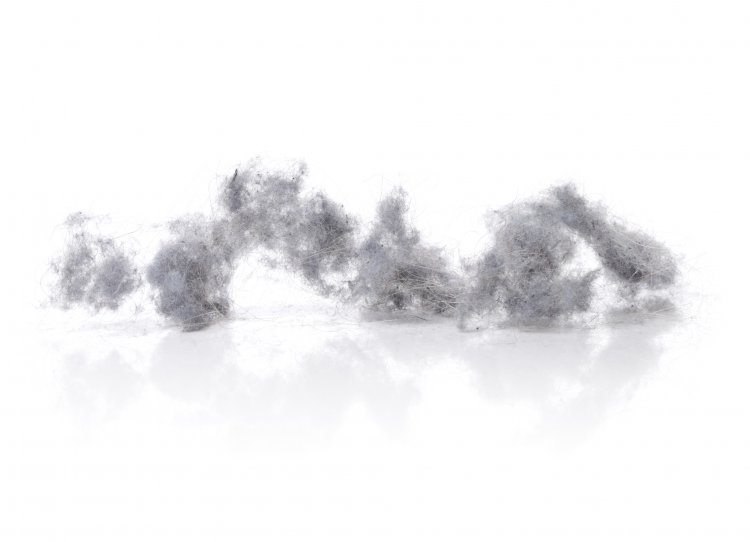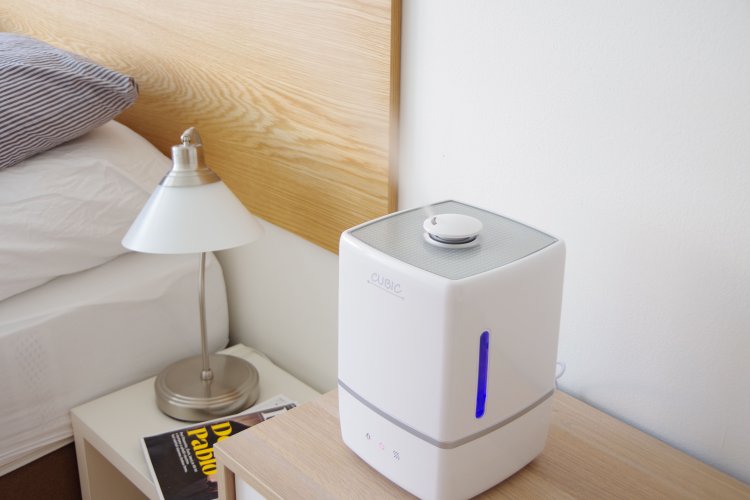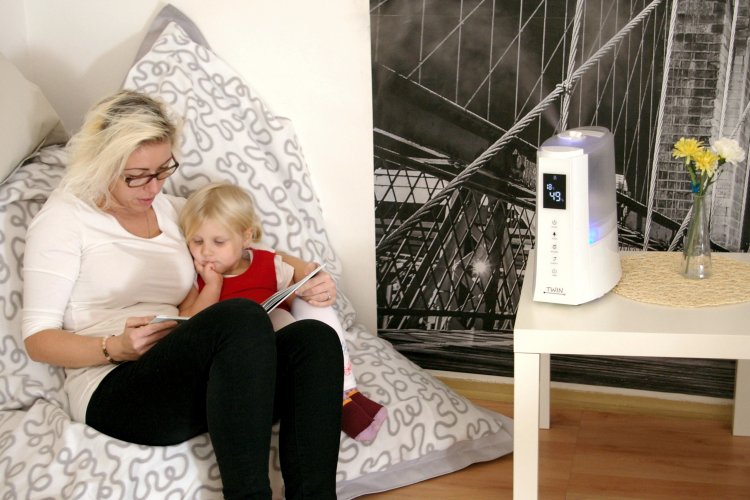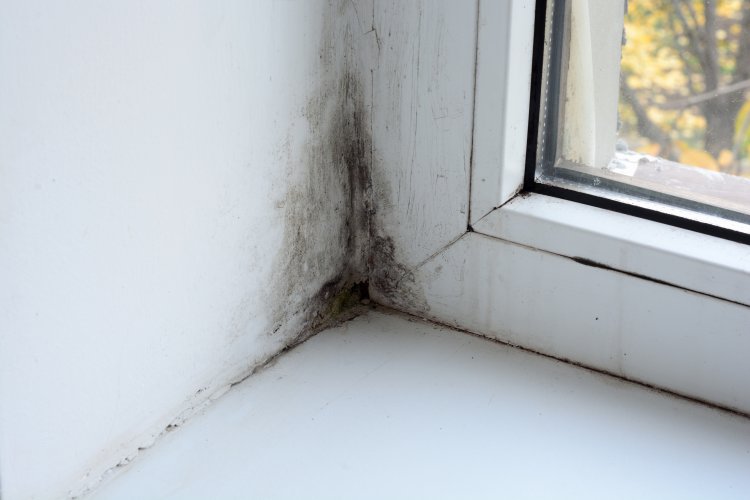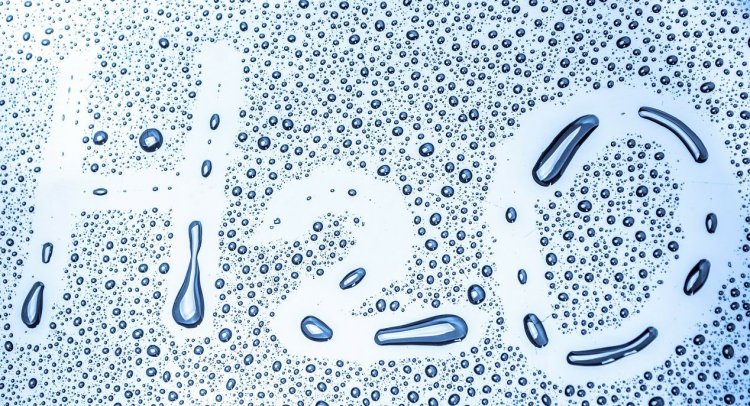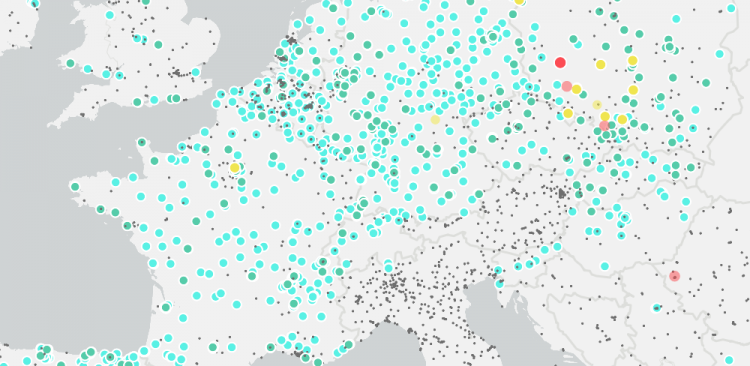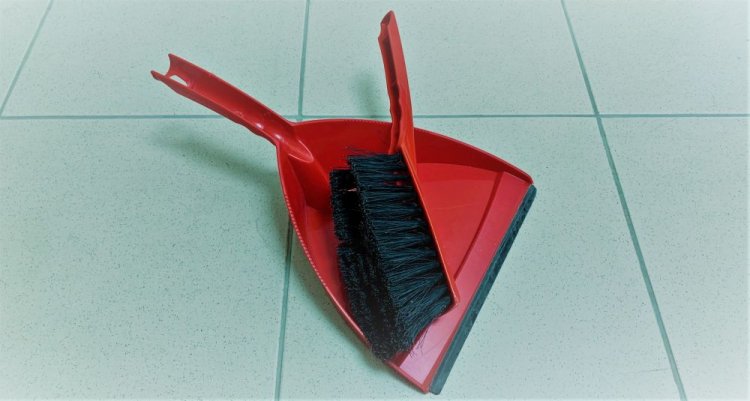

4 advantages (and 1 disadvantage) of desiccant dehumidifiers
Feb 20, 2025High humidity can be unpleasant. If you're choosing a dehumidifier, this brief overview of the advantages and disadvantages...
Maybe you remember the situation in spring 2024 when the air in Central Europe was polluted by dust particles brought by the wind from the Sahara. In the Czech Republic, the homeland of our company, it was evident not only due to media reports but also the dust was visible in the air or as a thin layer on cars. For many, it served as a reminder of the year-round air pollution problem.

In modern civilization, the air around us is polluted almost all the time. The usual suspect is city air affected by heavy traffic, but high concentrations of airborne pollutants are also found in the countryside. Here, the main cause is heating with not uncommon use of older solid fuel burners. However, the threat can also originate indoors The source of dust particles can be not only fires in the fireplace, but also cooking, mold spores, chemicals from building materials and furniture, or bacteria and viruses. In spring, the problem worsens due to the peak pollen season.
In this case, the solution can be an air purifier. But how to recognize devices with good quality? In our opinion, you should focus on two main components: filters and fan.
HEPA filters play a crucial role in capturing dust particles. Originally developed for military purposes to protect against even radioactive particles, they have gradually found applications in household products. They are commonly found in vacuum cleaners and air purifiers. HEPA filters come in two classes: H13 and H14, with the requirement to capture at least 99.95% (H13) or 99.995% (H14) of particles measuring 0.3 μm. These filters perform even better with particles of varying sizes, whether smaller or larger. Most dust particles can thus be handled without any problems.
In addition to the HEPA filter, the purifiers have additional filters - most often a washable pre-filter for coarse particulates (e.g. hairs) and a carbon filter to capture odors. Some purifiers also have additional filters such as antibacterial or catalytic filters. They may also be equipped with a UV lamp or ionizer.
Another important part is the fan, which influences the air performance of the purifier: how much air is filtered and how many times. Ideally, the air in the room should be filtered several times per hour. This is used to calculate what is the maximum size of the room, in which is the device still efficient.
The Airbi GUARD purifier is equipped with a triple filtration system (HEPA filter class H13, carbon filter and pre-filter). The purifier has been designed to take up as little space as possible and is therefore characterized by its compact dimensions. Thanks to the built-in air quality sensor, it has an automatic mode that regulates the performance according to the current pollution in the room. There is also a timer or dimmable display. This model is suitable for rooms up to 16 m2.
This purifier has a more sophisticated filter system, in addition to the HEPA filter, pre-filter and carbon filter, it also contains a catalytic filter, antibacterial filter, UV lamp and ionizer. You can operate the machine manually or leave it to work in automatic mode, where it adapts to the surrounding pollution. You can also connect the purifier to WiFi and use the mobile app for remote control via the Internet. There is also a night mode or a timer. The Airbi RESPIRE is suitable for rooms up to 30 m2.
The Airbi SPRING WiFi multifunctional purifier has a sophisticated 7-fold filtration system. The polluted air must get through a pre-filter, catalytic, carbon, antibacterial filter, and UV light from the built-in lamp; the last contribution to clean and healthy air is the ionizer. There are the usual control options: automatic or manual mode, timer, or night mode. For even more comfort, you can connect the device to WiFi and control it via the mobile app. The powerful fan allows the purifier to be used in rooms up to 50 m2.



